Rules for overtaking cyclists
Cyclists are vulnerable road users. They have less protection, travel slower than other traffic (in relation to posted maximum speeds) and are more susceptible to be affected by wind and poor road surfaces. With around 3500 cyclists killed or seriously injured on Britain’s roads every year, it’s important we drive to help mitigate the risk. The recommended minimum gap a motorist should leave to a cyclist when overtaking is 1.5m or 5 feet.
You might have to wait a few seconds to overtake safely but this will barely impact your overall journey time. It’s better to be safe than live with the guilt (and potential legal ramifications) of killing a cyclist.
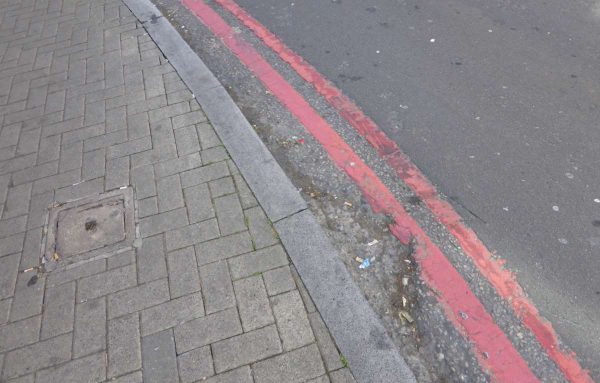
Where there’s no dedicated cycle lane a cyclist will ride along the kerb or, on rural roads, the edge of the road near where the grass meets the tarmac. They have to maintain a bit of space from the kerb or edge of the road because of recessed drainage grates, sharp objects that tend to find their way to the side of the road, foliage encroaching on the road, degradation of the road surface near the edge and to give themselves a buffer from the inevitable slight changes in course.
Cyclists usually ride around 0.5-1 metres from the edge of the road which means the average car (which is 1.8m/6 feet wide) should be more than two-thirds in the adjacent lane to overtake safely.
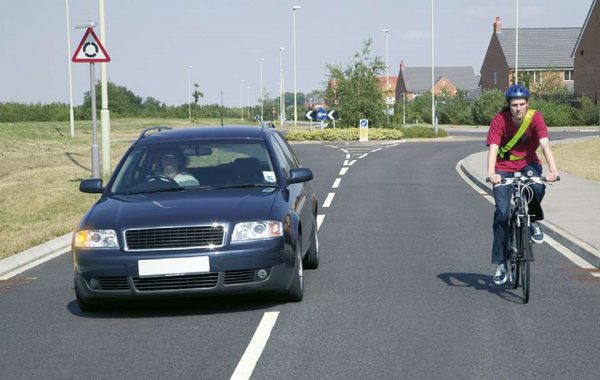
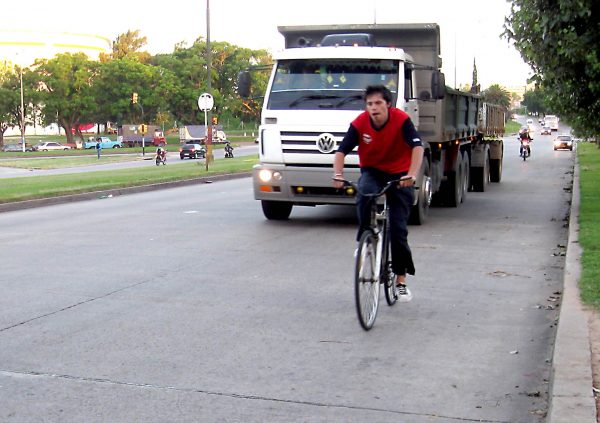
Rules 162, 163 and 211-215 in the Highway Code cover overtaking. They say:
Rule 162
Before overtaking you should make sure
- the road is sufficiently clear ahead
- road users are not beginning to overtake you
- there is a suitable gap in front of the road user you plan to overtake.
Rule 163
Overtake only when it is safe and legal to do so. You should
- not get too close to the vehicle you intend to overtake
- use your mirrors, signal when it is safe to do so, take a quick sideways glance if necessary into the blind spot area and then start to move out
- not assume that you can simply follow a vehicle ahead which is overtaking; there may only be enough room for one vehicle
- move quickly past the vehicle you are overtaking, once you have started to overtake. Allow plenty of room. Move back to the left as soon as you can but do not cut in
- take extra care at night and in poor visibility when it is harder to judge speed and distance
- give way to oncoming vehicles before passing parked vehicles or other obstructions on your side of the road
- only overtake on the left if the vehicle in front is signalling to turn right, and there is room to do so
- stay in your lane if traffic is moving slowly in queues. If the queue on your right is moving more slowly than you are, you may pass on the left
- give motorcyclists, cyclists and horse riders at least as much room as you would when overtaking a car.
The rules are not prescriptive when it comes to how much gap to give a cyclist.
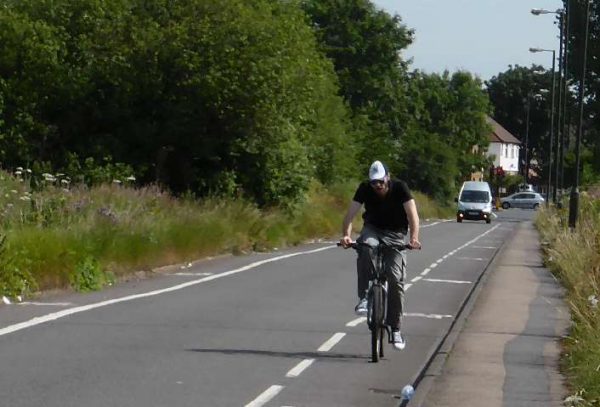

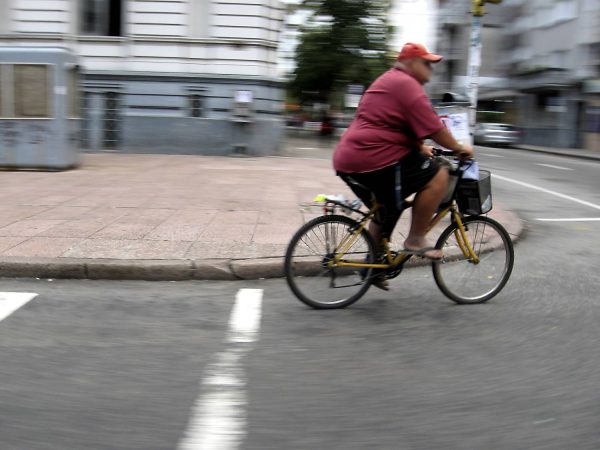
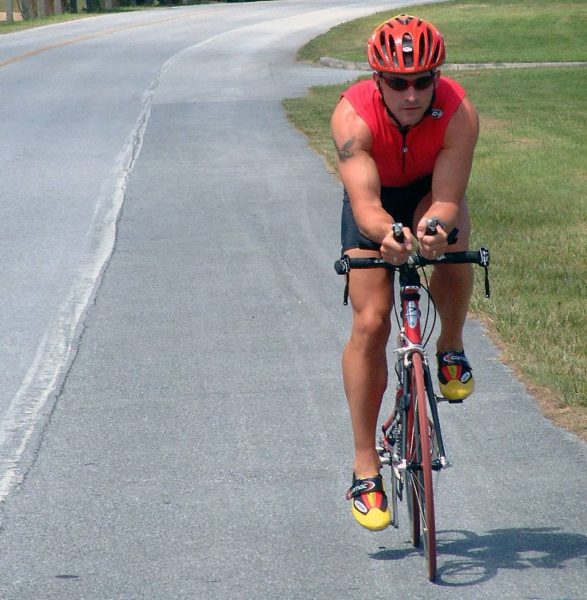
Rules 211-213
Rule 211
It is often difficult to see motorcyclists and cyclists, especially when they are coming up from behind, coming out of junctions, at roundabouts, overtaking you or filtering through traffic. Always look out for them before you emerge from a junction; they could be approaching faster than you think. When turning right across a line of slow-moving or stationary traffic, look out for cyclists or motorcyclists on the inside of the traffic you are crossing. Be especially careful when turning, and when changing direction or lane. Be sure to check mirrors and blind spots carefully.
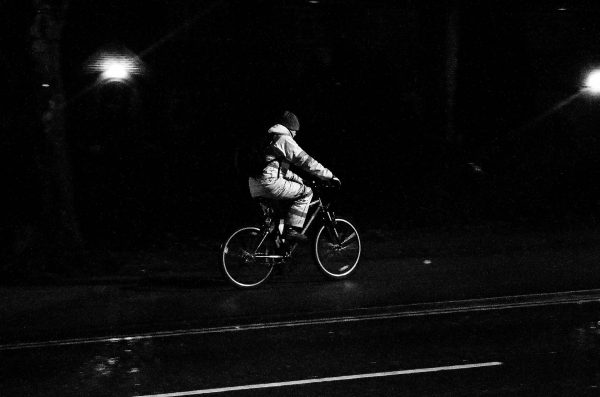
Rule 212
When passing motorcyclists and cyclists, give them plenty of room. If they look over their shoulder it could mean that they intend to pull out, turn right or change direction. Give them time and space to do so.
Rule 213
Motorcyclists and cyclists may suddenly need to avoid uneven road surfaces and obstacles such as drain covers or oily, wet or icy patches on the road. Give them plenty of room and pay particular attention to any sudden change of direction they may have to make.
- Understanding the National Standards for Riding Mopeds and Motorcycles
- Livestock Transport Rules UK: A Complete Guide to Animal Transportation Requirements
- The Role of Safety Advisers in Dangerous Goods Transport
- Sustainable Driving: Reducing Your Environmental Impact on the Road
- Developing Effective Lesson Plans for Driver Training
- UK Agricultural Vehicle Registration and Tax Relief
- Challenges of Transporting Radioactive Materials (Class 7)
- Exemptions and support for Clean Air Zone charges
- Navigating Legal Requirements: The UK Motorcycle Licensing Rules
- Safe Transportation of Agricultural Chemicals and Hazardous Materials
- Innovations in Vehicle Construction for ADR Compliance
- Motorcycle Recovery Operations: How to Recovery a Broken Down Motorbike
- Alternative Fuels in Agricultural Vehicles
- Carriage of Dangerous Solids in Bulk Containers
- Understanding Limited Quantity Exemptions in ADR